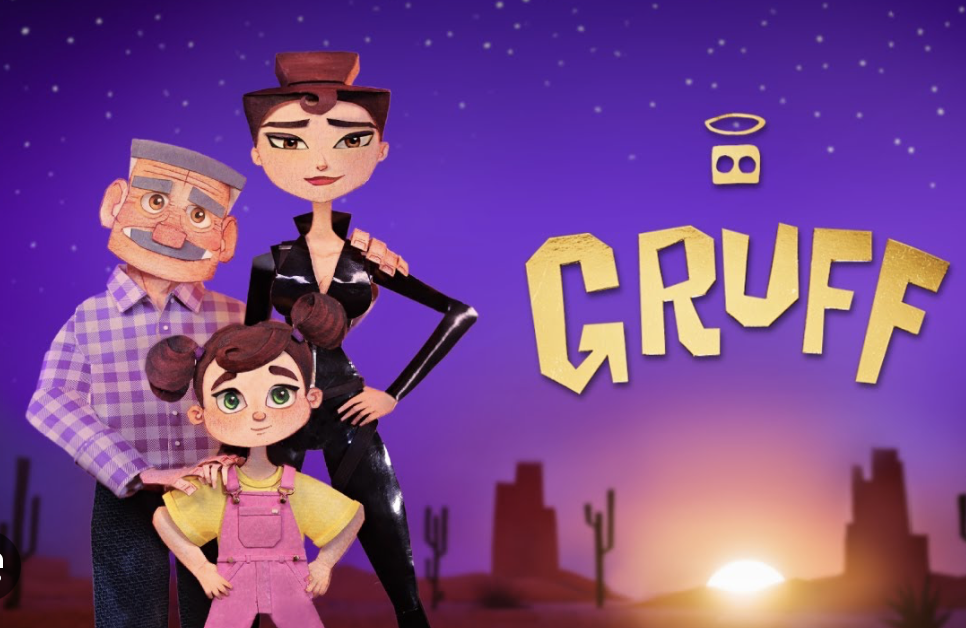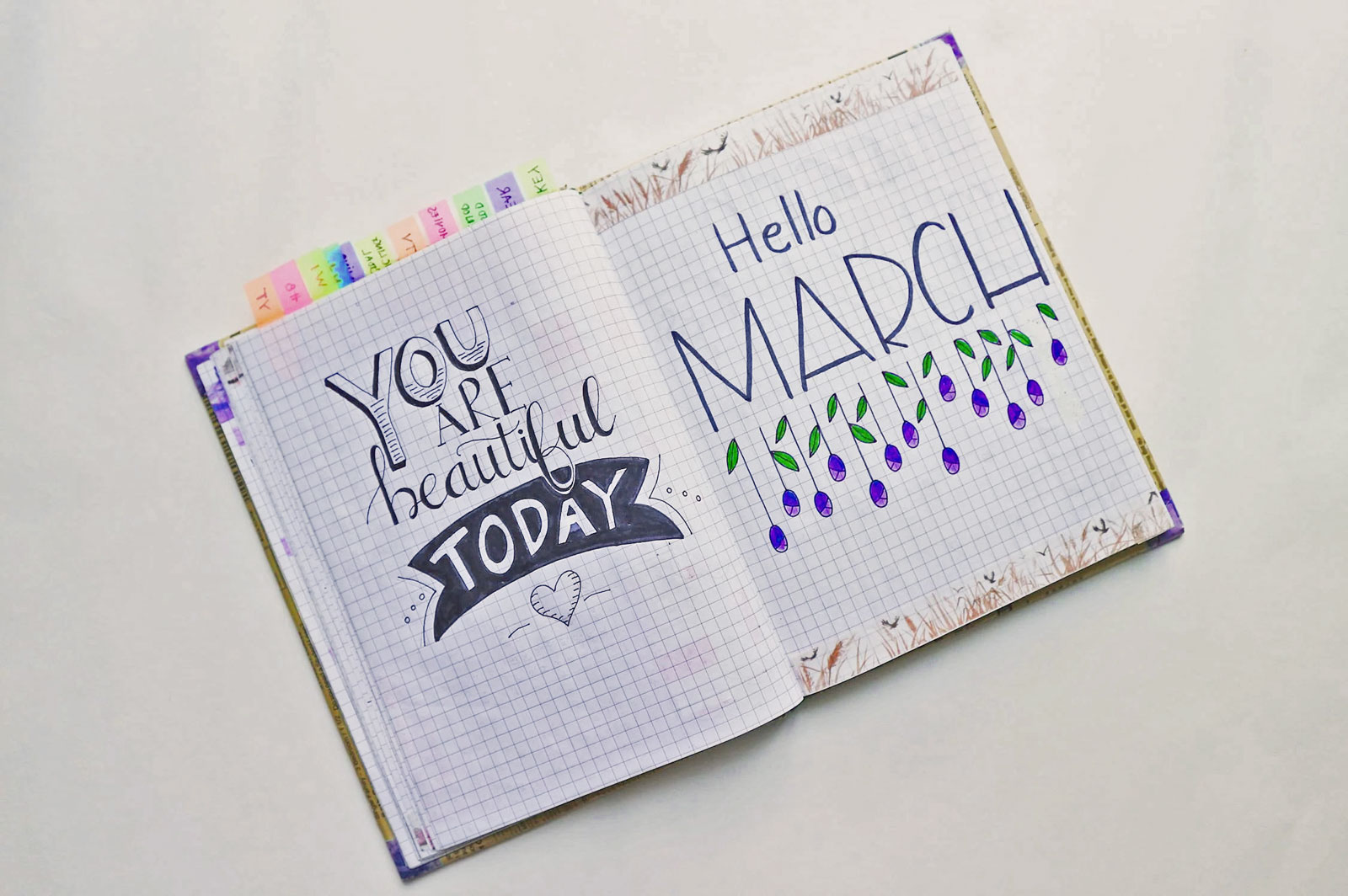Il film, realizzato a mano su carta, è uno di quegli spettacoli in cui l’artigianalità…

Keiichi Matsuda explores dystopian future of the workplace in new film Merger
London-based designer Keiichi Matsuda suggests how augmented reality will define the workstation of the future, in a short film that explores the growing obsession with productivity in the workplace.
“The idea of work will need to change completely”
Matsuda said he hoped the film would trigger a conversation around the contemporary obsession with productivity and efficiency in the face of mass automation.
Merger from Keiichi Matsuda on Vimeo.
“We need to restructure our society in a more radical way, where automation becomes an asset instead of a threat,” said the designer.
“The idea of work will need to change completely within our lifetimes,” he told Dezeen. “The breakthroughs in AI and automation over the last few years are paving the way for mass job losses in the next 10 to 15 years. We have seen this before with ‘blue-collar’ jobs, but this time it looks like it will be ‘white-collar’ office jobs that will be hardest hit.”
“Ultimate workplace productivity design”
The main character sits at a desk that is the focus of her day-to-day life, with interfaces projected onto the surfaces around her that change throughout the day as she moves through her tasks and activities.
The station is optimised to control her diet and exercise as well as her work. It is even used to organise a date – the one moment during the day when she steps away from her workstation – that goes wrong.
Instead of taking breaks to eat, she drinks a food supplement. Drinking meal replacements such as Huel and Soylent is an idea that has already taken root among the tech community over recent years as a way of reducing the time that an individual needs to spend away from their screen.

The workstation the accountant uses is based on real products that Matsuda developed in his work as an interaction designer. Among other roles, he was previously vice president at Leap Motion, a hardware and software company that focuses on using human hand-tracking as a way of controlling technology. The background of green fields and blue skies is a play on the Windows XP background design called “Bliss”.
Matsuda suggested that the workstation in the film could be considered the “ultimate workplace productivity design”.
During his research for the film, Matsuda became interested in the ideology of productivity that informs many decisions made about work today. Many of the phrases in the script are taken directly from blogs, talks, self-help books and courses that focus on productivity.




“To the individual, it promises that if we work smarter, we can complete our work more quickly and free up our time for other things,” said the designer. “Productivity should enable us to complete our work in less time, but of course it doesn’t always work out like that. The actual effect is that people work the same amount of hours (or longer), but their expected output is higher.”
“So many of the products we use are about trying to make our lives somehow smoother or more efficient, and the ideology of productivity is part of our lives whether we like it or not,” he added.
The film can be viewed on a normal screen, using a mouse to click and drag to different positions, but an immersive VR version is also available.
Matsuda’s work explores rise of augmented interfaces
It is the latest of several movies from Matsuda that imagine a near-future reality dominated by augmented interfaces.
In 2016 he released the short film Hyper-Reality, set in Medellin, Colombia, which imagined a future where virtual overlays had come to dominate the human experience of the city with games, internet service, diary functions and more constantly popping up in the main character’s field of vision.
His other previous films include a vision of the city of the future produced for Dezeen’s exhibiton on the future of mobility during the London Design Festival in 2014.
The designer initially trained to be an architect, but shifted focus after becoming disillusioned with the industry. His work now focuses on interfaces that connect design, architecture, technology and new media.
In a 2014 interview with Dezeen, Matsuda suggested the developments in technology like Google Maps could eventually lead to a form of virtual time travel and that the role of the architect would become closer to that of a video game designer.
His earlier projects include an installation at the V&A in London called Prism, which combined visualisations of data streams from across the city.


